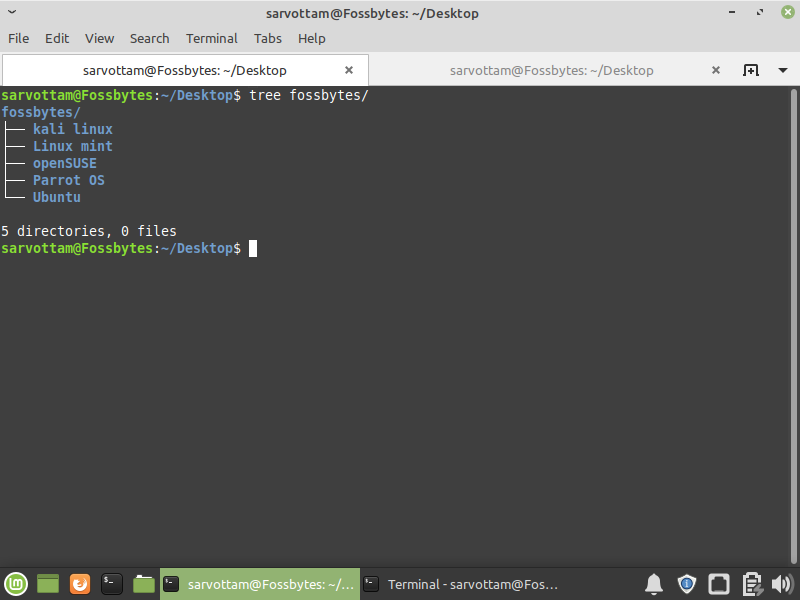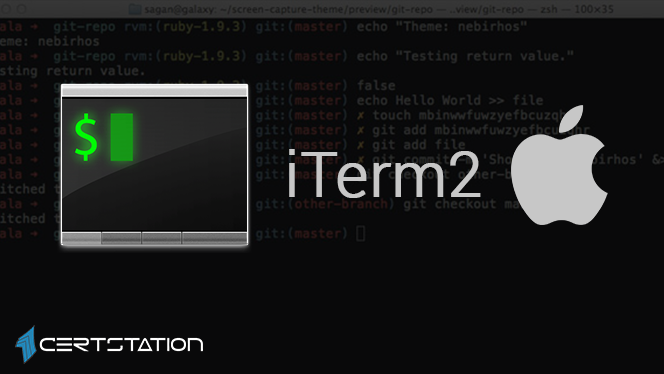
You can get away with much less for OS X OS 9. You can specify a route, but I just used the default pathing, the 2G = 2 GB below. The rest of the steps do not need any specification for M1 vs.
MAC OS TERMINAL EMULATOR INSTALL
Apple Silicon arch -x86_64 brew install qemu x86 Intel Macs brew install qemu Step 2: Create a disk image You'll need to install the x86 version of QEMU for the Apple silicon macs first. This is the only step where Apple Silicon and Intel Macs differ.
MAC OS TERMINAL EMULATOR MAC OS
I was able to play Sim City 2000 on Mac OS 9.2 at a fairly high resolution.


It's surprsingly very usable but the usefulness is going to be limited. I encountered very little resistance, which surprised me as I haven't seen/read anyone trying this route. Thus far, the community has succeeded in getting QEMU to install the ARM version Windows, so I decided to do the more silly path and get PPC and X86 working on Apple Silicon. Now, this post wouldn't be very exciting if I tried this on my Mac Pro, but I decided to try it on my MacBook M1. Still, in this example, I'm using Homebrew, a package manager for macOS/OSX that allows you to install software via the CLI and manage easily. There are alternate versions and different ways to install it.

It's pretty powerful, free, and has a macOS port. Unlike VMWare, it's able to both virtualize CPUs and emulate various CPU instruction sets. QEMU is an open-source emulator for virtualizing computers.


 0 kommentar(er)
0 kommentar(er)
